09-17-2025

Objectifs d'apprentissage
1. Describe how building reuse + upgrade addresses two fundamental climate goals simultaneously: reduced operational greenhouse gas emissions in existing buildings and avoided embodied carbon emissions from new construction.
2. Identify where embodied carbon is located in a building.
3. Summarize how different building types affect carbon emissions.
4. Compare embodied and operating emissions and how they impact emissions over time.
5. Demonstrate how the CARE Tool can be used to estimate avoided operational and embodied carbon emissions associated with reusing and upgrading a building vs replacing it with new construction.
Comments
Great class ,but I would like to see a model of cost per BTU for electric vs cost per BTU for gas.
Petervery good
Donaldgreat
CynthyInteresting presentation however: 1. Until which time the end user is educated in the intent and building expected use and metrics, the Net Zero concept in my opinion is not obtainable (example: building design is for summer interior temperature to be 75, however end user sets the building at 70. The model will not hold the original premise.) 2. A lot of energy goes into making the "build environment" more energy efficient by reduction of carbon, Equal energy should be expended in the actual recycling of carbon, and then input that data into your equation. 3. Expense for lower carbon options by the average person will far outweigh the moral implications of that decision.
WilliamWhat’s better than a new net zero building? A net zero existing building.
$40
Reusing buildings, even ones that have been renovated and upgraded, generates less total carbon emissions than building new ones. In this session we’ll address a couple of myths about reuse, consider what we should be saving and what types of new buildings we should avoid building. We’ll show examples of reuse projects that take into account both embodied and operating carbon emissions. We’ll give a demonstration of the CARE Tool, an early-stage design tool for estimating the carbon benefits of reusing and upgrading an existing building compared to replacing it with new a new one.
Crédits: 1 AIA HSW + 1 GBCI (USGBC/CAGBC) + 1 AIBD Primary + 1 Net Zero (ZNCD) + 1 Sustainable Design + 1 AIBC Core LU + 1 AAA Structured LU + 1 OAA, OAQ, SAA, MAA, AAPEI, NWTAA + 1 Climate Action (OAA)
Durée: 1 hour
Vous devez être connectez pour prendre ce cours. Veuillez vous connecter ou créer un compte.
Connection OU Création de comte ShareCommandité par


What’s better than a new net zero building? A net zero existing building.
$40
Reusing buildings, even ones that have been renovated and upgraded, generates less total carbon emissions than building new ones. In this session we’ll address a couple of myths about reuse, consider what we should be saving and what types of new buildings we should avoid building. We’ll show examples of reuse projects that take into account both embodied and operating carbon emissions. We’ll give a demonstration of the CARE Tool, an early-stage design tool for estimating the carbon benefits of reusing and upgrading an existing building compared to replacing it with new a new one.
Crédits: 1 AIA HSW + 1 GBCI (USGBC/CAGBC) + 1 AIBD Primary + 1 Net Zero (ZNCD) + 1 Sustainable Design + 1 AIBC Core LU + 1 AAA Structured LU + 1 OAA, OAQ, SAA, MAA, AAPEI, NWTAA + 1 Climate Action (OAA)
Durée: 1 hour
Vous devez être connectez pour prendre ce cours. Veuillez vous connecter ou créer un compte.
Connection OU Création de comteCommandité par

Objectifs d'apprentissage
1. Describe how building reuse + upgrade addresses two fundamental climate goals simultaneously: reduced operational greenhouse gas emissions in existing buildings and avoided embodied carbon emissions from new construction.
2. Identify where embodied carbon is located in a building.
3. Summarize how different building types affect carbon emissions.
4. Compare embodied and operating emissions and how they impact emissions over time.
5. Demonstrate how the CARE Tool can be used to estimate avoided operational and embodied carbon emissions associated with reusing and upgrading a building vs replacing it with new construction.
Comments
Great class ,but I would like to see a model of cost per BTU for electric vs cost per BTU for gas.
Petervery good
Donaldgreat
CynthyInteresting presentation however: 1. Until which time the end user is educated in the intent and building expected use and metrics, the Net Zero concept in my opinion is not obtainable (example: building design is for summer interior temperature to be 75, however end user sets the building at 70. The model will not hold the original premise.) 2. A lot of energy goes into making the "build environment" more energy efficient by reduction of carbon, Equal energy should be expended in the actual recycling of carbon, and then input that data into your equation. 3. Expense for lower carbon options by the average person will far outweigh the moral implications of that decision.
William
Featured
On-Demand Course
Télécharger notre App


Événements à venir
-

-

-
 Hospitality Building Solutions - Central
Hospitality Building Solutions - Central11-18-2025
-

